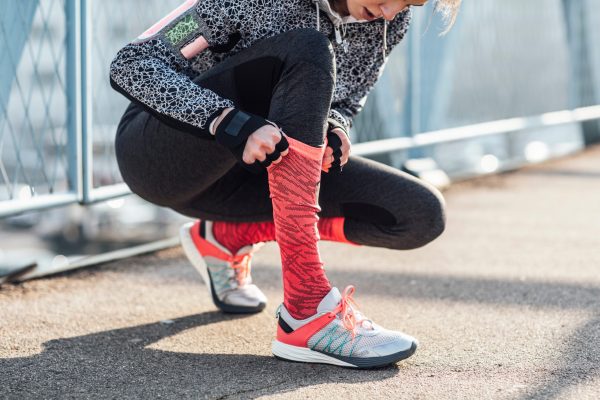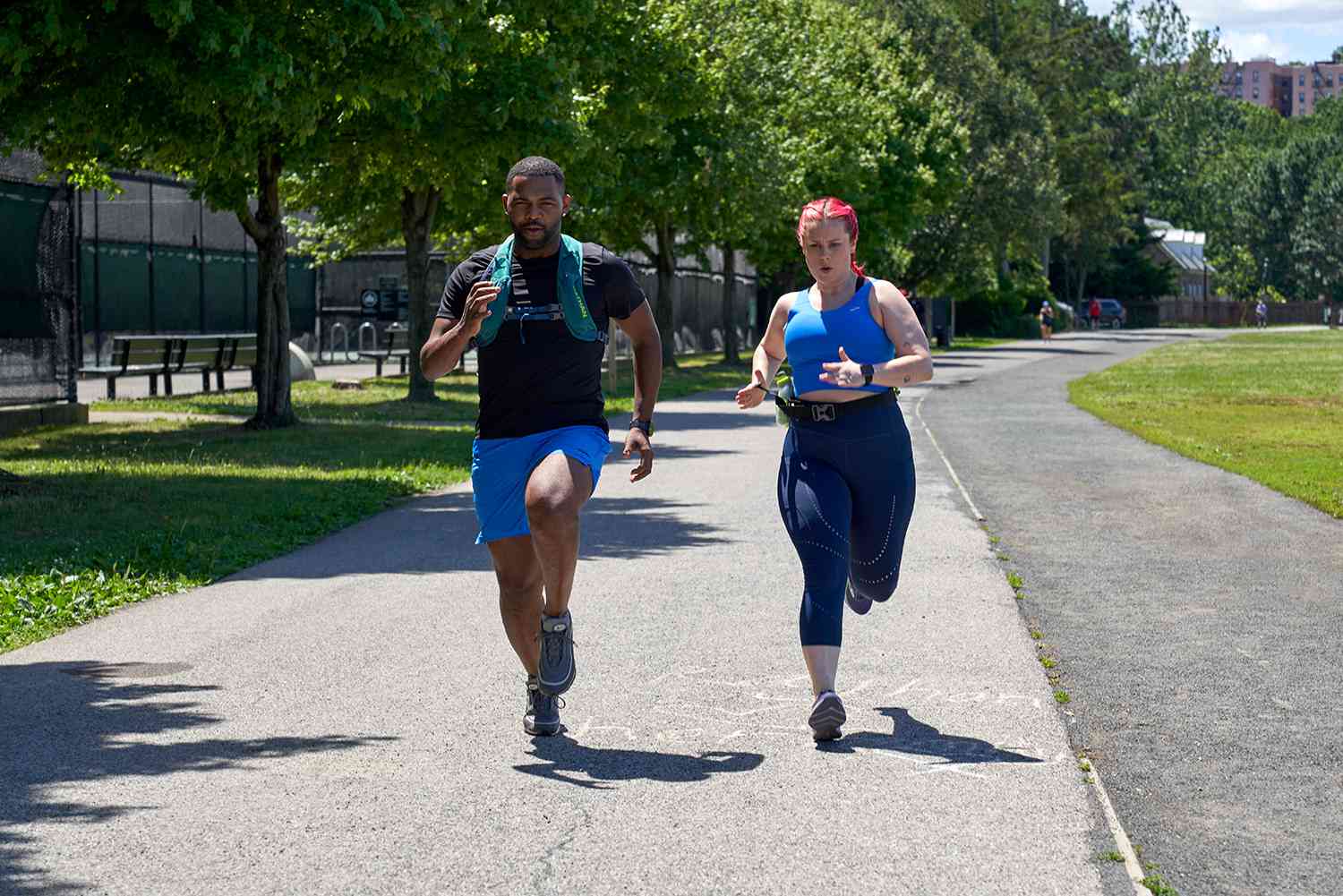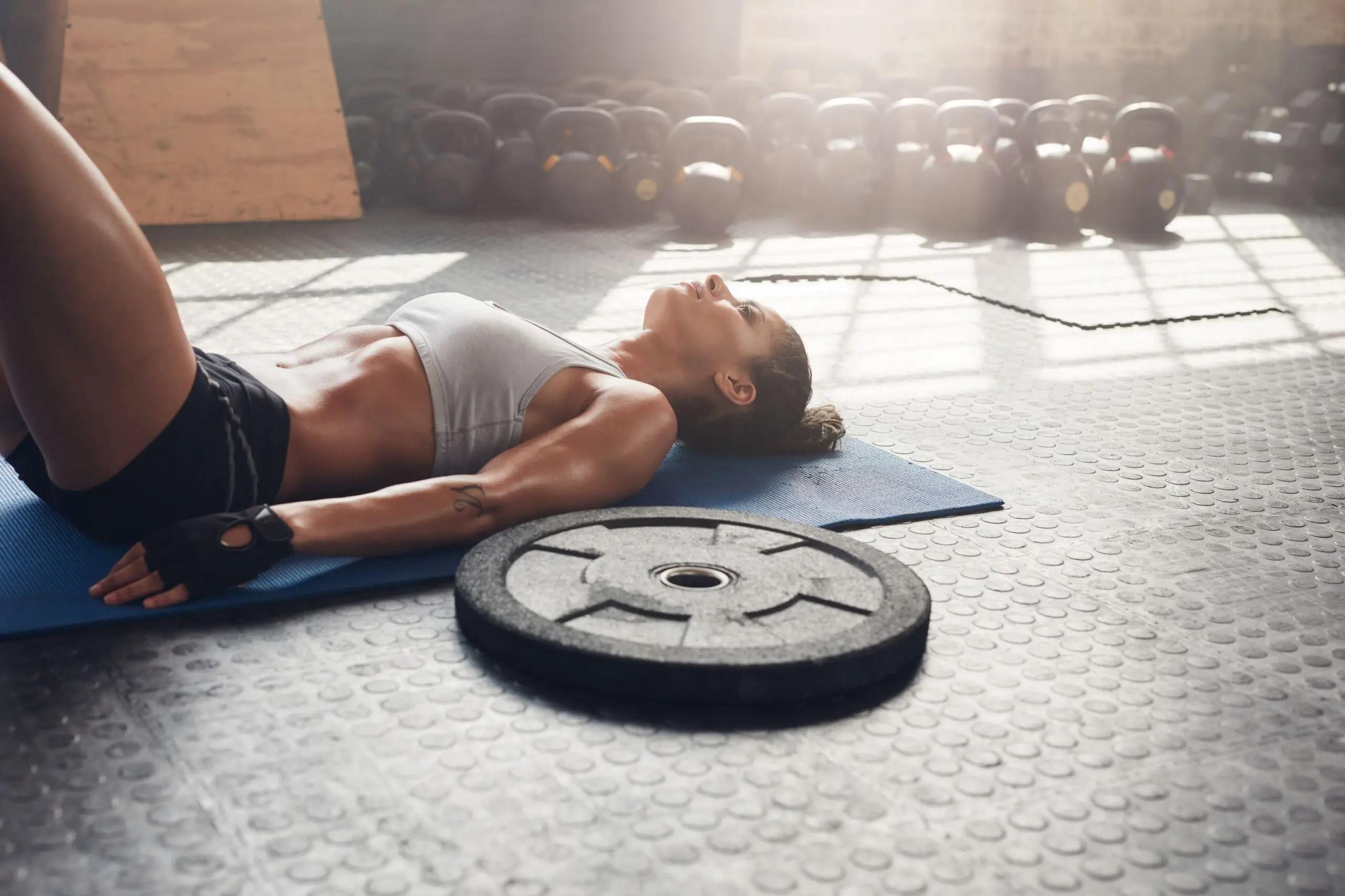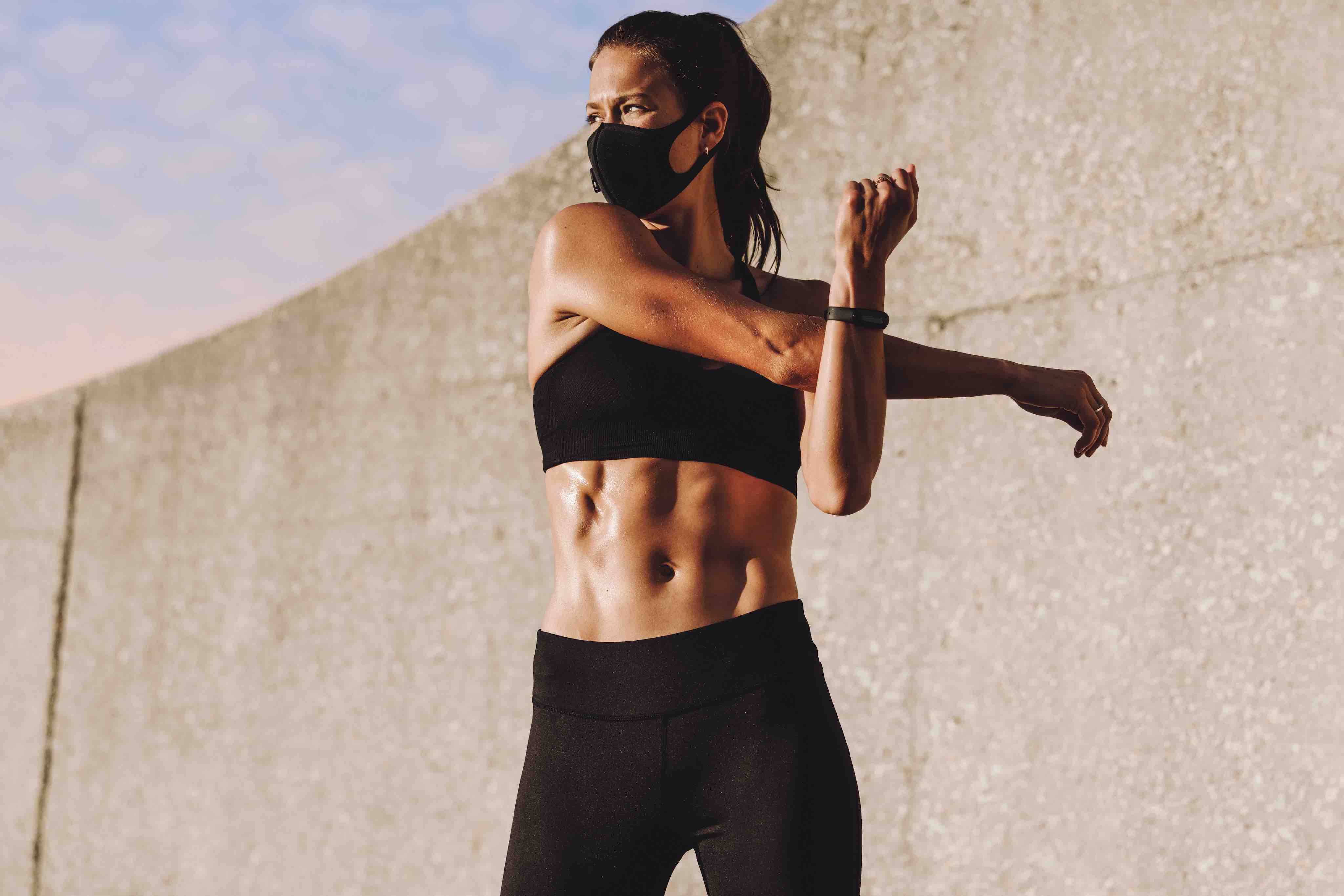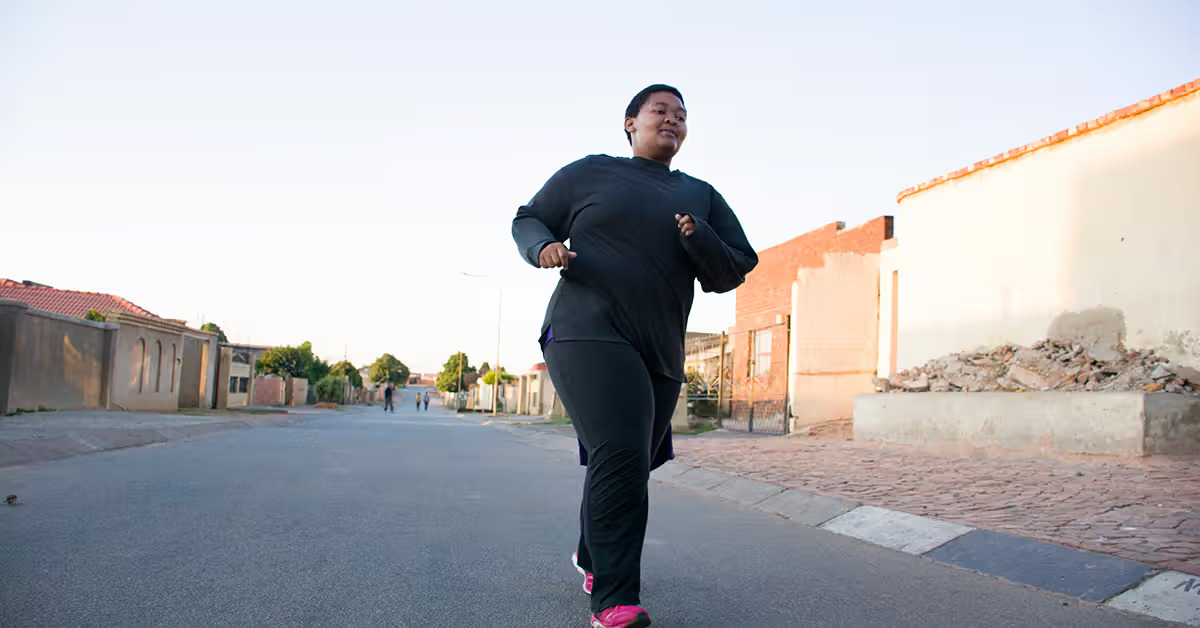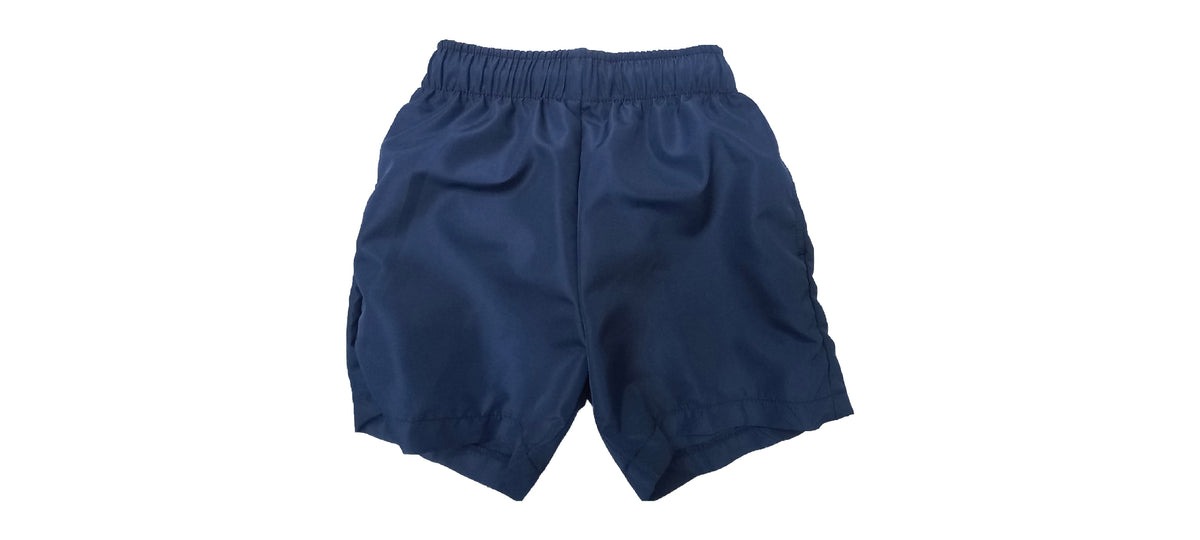Home>Misc>Featured>What Kind Of Exercise Should You Do During A Warm-Up
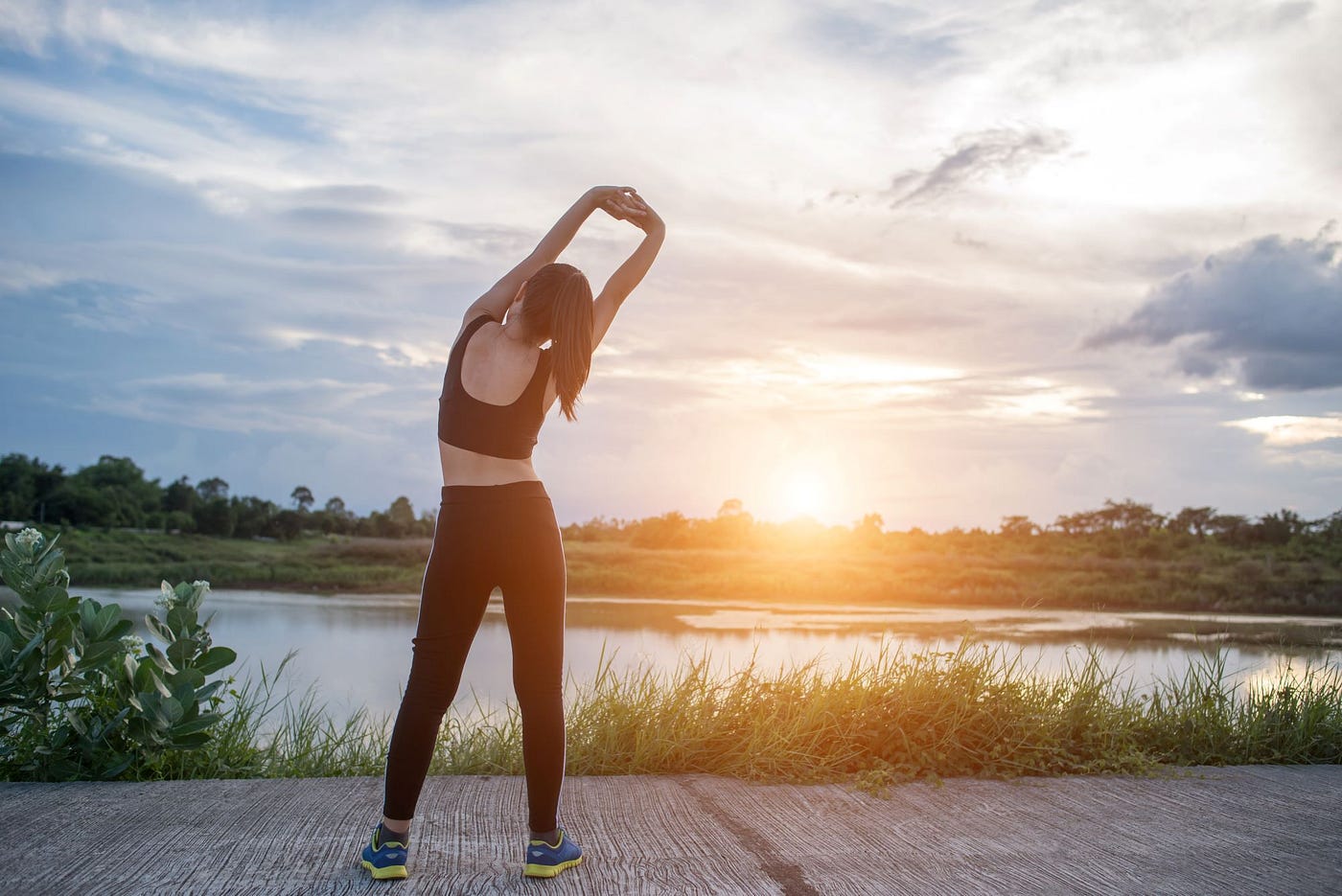

Featured
What Kind Of Exercise Should You Do During A Warm-Up
Published: October 1, 2023
Achieve an effective warm-up with our featured exercise recommendations. Discover the perfect exercises to prep your body for an intense workout.
Introduction
When it comes to exercise, most people focus on their main workout routine, overlooking the importance of a proper warm-up. However, a well-executed warm-up is essential to prepare your body for physical activity and optimize performance.
During a warm-up, your body undergoes physiological changes that gradually increase heart rate, circulation, and body temperature. It also activates and prepares your muscles, joints, and nervous system for the upcoming physical demands.
While the specific exercises may vary depending on your fitness level and the type of activity you are about to engage in, the primary goal of a warm-up is to enhance performance, prevent injuries, and promote overall well-being.
In this article, we will explore the importance of a warm-up routine and discuss the key components that should be included. Whether you’re a professional athlete, a casual gym-goer, or someone who simply enjoys physical activity, understanding how to properly warm up will benefit you in numerous ways.
Importance of Warm-Up
A warm-up is not just a mundane ritual to go through before starting your workout. It plays a crucial role in preparing your body for physical activity and can have a significant impact on your performance and overall well-being.
One of the primary benefits of a warm-up is the increase in body temperature. When you engage in physical activity, your body temperature rises, leading to improved blood flow and oxygen delivery to the muscles. This increase in temperature helps to loosen up your muscles, making them more pliable and reducing the risk of strains and sprains.
Another important aspect of a warm-up is the stimulation of the cardiovascular system. As your heart rate gradually increases during the warm-up, it prepares your body for the demands of exercise by boosting circulation and oxygen supply to your muscles. This not only enhances performance but also reduces the likelihood of cardiovascular stress during the main activity.
In addition to physiological benefits, a warm-up also has a positive impact on your mental readiness. It allows you to shift your focus from any distractions or stressors in your daily life to the upcoming activity. By mentally preparing yourself through a warm-up, you can enhance concentration, focus, and overall performance.
Moreover, a warm-up serves as an opportunity to assess your body’s readiness for exercise. It allows you to become more aware of any existing muscle tightness, joint stiffness, or limitations in range of motion. By identifying these issues during the warm-up, you can take appropriate steps to address them and modify your workout if necessary, reducing the risk of injuries.
Overall, a warm-up sets the stage for optimal performance and injury prevention. It primes your body for the physical demands of exercise, improves muscular function, increases flexibility, enhances mental focus, and helps prevent common workout-related injuries. Incorporating a well-rounded warm-up into your fitness routine is a small investment of time and effort that yields significant benefits for your overall fitness journey.
Components of a Warm-Up
A well-structured warm-up consists of several components that work together to prepare your body for exercise. These components include dynamic stretches, cardiovascular exercise, mobility exercises, and neuromuscular activation.
Dynamic stretches involve moving your muscles and joints through a range of motion, mimicking the movements you will perform during your main activity. These stretches are different from static stretches, which are held in a stationary position. Dynamic stretches help to increase blood flow, warm up the muscles, and improve flexibility. Examples of dynamic stretches include arm circles, leg swings, and walking lunges.
Cardiovascular exercise is an essential component of a warm-up, as it raises your heart rate and increases blood flow throughout the body. This can be done through activities such as brisk walking, jogging, jumping jacks, or cycling. The duration and intensity of cardiovascular exercise during the warm-up should be moderate, gradually increasing to prepare your cardiovascular system for the upcoming demands.
Mobility exercises focus on improving joint mobility and range of motion. These exercises help to lubricate the joints, reduce stiffness, and improve overall mobility. Examples of mobility exercises include hip circles, shoulder rolls, and ankle rotations. Incorporating specific mobility exercises relevant to your main activity can be particularly beneficial.
Neuromuscular activation involves engaging and activating the specific muscles you will be using during your main activity. This component helps to improve muscle coordination and recruitment, leading to better performance and reduced risk of injuries. For example, if you are going to perform squats, you can incorporate exercises such as bodyweight squats, glute bridges, and leg swings to activate and warm up the muscles involved.
By including these components in your warm-up routine, you ensure that your body is properly prepared for exercise. Each component serves a specific purpose, such as increasing flexibility, warming up the cardiovascular system, improving joint mobility, and activating the relevant muscles. A well-rounded warm-up that incorporates these components can significantly enhance your overall performance and reduce the risk of injuries.
Dynamic Stretches
Dynamic stretches are an important component of a warm-up routine as they help to increase flexibility, improve range of motion, and activate the muscles and joints. Unlike static stretches that are held in a stationary position, dynamic stretches involve moving your muscles and joints through a controlled range of motion.
One of the benefits of dynamic stretches is that they increase blood flow and circulation to the muscles. This helps to warm up the muscles and prepare them for the upcoming physical activity. By increasing blood flow, dynamic stretching also promotes the delivery of oxygen and nutrients to the muscles, which can enhance performance and reduce the risk of muscle strains and injuries.
Incorporating dynamic stretches that mimic the movements you will perform during your main activity can also help to improve muscle coordination and motor control. By rehearsing these movements before engaging in the actual activity, you enhance your neuromuscular pathways and improve the efficiency of your movements.
When performing dynamic stretches, it is important to choose stretches that target the specific muscle groups and joints that will be involved in your main activity. For example, if you will be doing a lot of running or jumping, dynamic stretches that focus on the lower body, such as leg swings, hip circles, and high knees, can be beneficial.
Some other examples of dynamic stretches include arm circles, trunk rotations, walking lunges, and jumping jacks. These exercises help to warm up the upper body, improve spinal mobility, and engage the core muscles. Keep in mind that the intensity and range of motion during dynamic stretches should be controlled and gradual to prevent injuries.
It is worth noting that dynamic stretches can be customized based on your fitness level and the specific activity you are preparing for. If you are a beginner or have any mobility limitations, you may need to modify the range of motion or choose simpler variations of dynamic stretches.
Incorporating dynamic stretches into your warm-up routine not only prepares your muscles and joints for the upcoming activity but also helps to improve flexibility, range of motion, and neuromuscular coordination. By targeting the specific muscle groups and movements involved in your main activity, dynamic stretches can enhance your overall performance and reduce the risk of injuries.
Cardiovascular Exercise
Cardiovascular exercise is a key component of a warm-up routine that focuses on increasing heart rate, improving circulation, and boosting overall cardiovascular fitness. Engaging in cardiovascular exercise during the warm-up phase helps to prepare your body for the physical demands of the main activity.
One of the primary benefits of cardiovascular exercise during a warm-up is the increase in heart rate. As your heart rate gradually rises, it delivers more oxygen-rich blood to your muscles, enhancing their oxygen uptake and energy production. This increased blood flow also helps to warm up the muscles and joints, making them more pliable and reducing the risk of injuries.
Cardiovascular exercise during the warm-up phase can take various forms, depending on your fitness level and preference. Brisk walking or light jogging are common options that can be easily incorporated into any warm-up routine. These activities engage the large muscle groups in your legs, gradually raising your heart rate and improving circulation.
Other cardiovascular exercises that can be included in your warm-up routine include jumping jacks, high knees, or jumping rope. These activities involve more dynamic movements and can further increase heart rate, elevate body temperature, and activate different muscle groups.
The duration and intensity of cardiovascular exercise during the warm-up depend on various factors, such as your fitness level and the intensity of the main activity you will be engaging in. Generally, aim for a moderate intensity level that gradually increases as your warm-up progresses.
It is important to note that cardiovascular exercise during the warm-up should not be too strenuous or exhaustive. The goal is to gently elevate heart rate and increase blood flow, not to exhaust yourself before the main activity even starts. This will help you conserve energy and prevent fatigue during your actual workout or exercise session.
Incorporating cardiovascular exercise into your warm-up routine not only prepares your cardiovascular system for the upcoming demands but also enhances blood flow, raises body temperature, and improves overall performance. By gradually increasing heart rate and circulation, cardiovascular exercise during the warm-up phase sets the stage for a more efficient and effective workout or physical activity.
Mobility Exercises
Mobility exercises are an essential component of a warm-up routine as they focus on improving joint mobility, flexibility, and range of motion. These exercises help to prepare your body for the specific movements and demands of your main activity, reducing the risk of injuries and enhancing overall performance.
One of the primary benefits of mobility exercises is the improvement in joint mobility. By engaging in exercises that target specific joints, such as the hips, shoulders, and spine, you can increase the range of motion and flexibility in these areas. This increased mobility allows for smoother and more efficient movement during the main activity.
Another benefit of mobility exercises is the reduction of joint stiffness and muscle tension. By performing gentle movements and stretches, you can help to loosen up tight muscles and alleviate any stiffness or discomfort. This not only improves overall comfort but also enhances the ability of your muscles to contract and generate force during the main activity.
Incorporating mobility exercises that are relevant to your main activity can also improve your body’s readiness and movement patterns. For example, if you will be performing squats or lunges, including exercises that target hip mobility and flexibility, such as hip circles or deep squats, can be beneficial. If you plan on doing overhead presses or pull-ups, including shoulder mobility exercises like shoulder rolls or arm swings can help prepare these joints for the movement.
Mobility exercises can vary in terms of complexity and difficulty, depending on your fitness level and specific needs. It is important to choose exercises that are suitable for your body and focus on areas that require improvement. Start with gentle movements and gradually progress to more challenging exercises as your body becomes more warmed up and responsive.
It is worth noting that mobility exercises should be performed in a controlled and smooth manner, never forcing any movement that causes pain or discomfort. Listen to your body and respect its limits. If you experience any sharp or persistent pain, it is advisable to seek guidance from a qualified professional.
Incorporating mobility exercises into your warm-up routine not only improves joint mobility and flexibility but also reduces muscle tension and prepares your body for the specific movements of your main activity. By choosing exercises that target relevant areas and gradually increasing the range of motion, mobility exercises can enhance your overall performance and reduce the risk of injuries.
Neuromuscular Activation
Neuromuscular activation is a crucial component of a warm-up routine that focuses on engaging and activating the specific muscles you will be using during your main activity. By incorporating exercises that target these muscles, you can improve muscle coordination, enhance motor control, and optimize overall performance.
One of the primary benefits of neuromuscular activation exercises is the improvement in muscle recruitment. By specifically targeting the muscles that will be used during your main activity, you can activate them and enhance their readiness for the upcoming demands. This activation helps to prime the muscles, allowing them to contract more efficiently and generate greater force during the main activity.
Neuromuscular activation exercises also help to improve muscle coordination and motor control. By focusing on movements that involve multiple muscle groups working together, you train your body to perform these movements more efficiently and with better synchronization. This can result in smoother and more precise movements during your main activity.
Incorporating neuromuscular activation exercises into your warm-up routine can also help to improve muscle proprioception, which is your body’s sense of its position and movement in space. By engaging in exercises that challenge stability and balance, such as single-leg exercises or balance drills, you can enhance your proprioceptive abilities and reduce the risk of falls or imbalance during the main activity.
When choosing neuromuscular activation exercises, it is important to focus on the specific muscles involved in your main activity. For example, if you will be performing squats, incorporating exercises like bodyweight squats, glute bridges, or lunges can help activate and warm up the lower body muscles. If you will be engaging in upper body exercises, incorporating push-ups, band pulls, or arm swings can target the relevant muscles in the upper body.
Never rush through neuromuscular activation exercises. Perform each exercise with control and intention, focusing on the mind-muscle connection. This means consciously engaging and contracting the targeted muscles throughout the movement. This mindful approach to activation exercises can help to improve muscle recruitment and enhance overall performance.
Incorporating neuromuscular activation exercises into your warm-up routine not only enhances muscle recruitment and coordination but also improves muscle proprioception and stability. By engaging and activating the specific muscles involved in your main activity, you can optimize your performance and reduce the risk of injuries. Take the time to choose exercises that target the appropriate muscle groups and perform them with intention and focus.
Duration and Intensity of Warm-Up
The duration and intensity of a warm-up depend on various factors, including your fitness level, the type of activity you will be engaging in, and personal preference. While there are no strict rules, there are general guidelines to consider when determining the appropriate duration and intensity for your warm-up.
As a general rule of thumb, a warm-up should last between 5 to 10 minutes. This duration allows enough time to gradually increase heart rate, body temperature, and blood flow to the muscles. However, if you are preparing for a more intense or longer-duration activity, you may need to extend your warm-up to up to 15 minutes.
The intensity of your warm-up should be moderate, gradually increasing as the warm-up progresses. The goal is to gently elevate heart rate and warm up the muscles, not to exhaust yourself before the main activity. The intensity should be relative to your fitness level and the intensity of the upcoming activity. For example, if you will be engaging in high-intensity interval training (HIIT), your warm-up may include more intense exercises compared to a gentle yoga class.
It is important to listen to your body during the warm-up and adjust the intensity as needed. If you feel that the warm-up is too easy or not challenging enough, you can increase the intensity slightly. On the other hand, if you feel that the warm-up is too demanding or causing excessive fatigue, you can reduce the intensity or modify the exercises accordingly.
While a warm-up should be sufficiently intense to prepare your body for the main activity, it should not be overly strenuous or exhaustive. The main purpose of the warm-up is to gradually increase heart rate, circulation, body temperature, and muscle readiness. Pushing yourself too hard during the warm-up may lead to premature fatigue and a decrease in overall performance during the main activity.
It is worth mentioning that the intensity of your warm-up should be appropriate for your current fitness level. If you are a beginner or have any underlying health conditions, it is important to start with a lighter intensity and progress gradually over time. Consulting with a qualified fitness professional can provide guidance and support in designing a safe and effective warm-up routine.
Remember, the duration and intensity of your warm-up can vary based on individual factors and the specific activity you will be engaging in. By following general guidelines and listening to your body, you can customize your warm-up to effectively prepare your body for exercise and optimize your overall performance.
Conclusion
A well-executed warm-up is a crucial part of any exercise routine, helping to prepare your body for physical activity and optimize your performance. By incorporating the key components of a warm-up, including dynamic stretches, cardiovascular exercise, mobility exercises, and neuromuscular activation, you can enhance your overall fitness journey in several ways.
A proper warm-up routine promotes flexibility and range of motion, improves joint mobility, and reduces the risk of injuries. It increases heart rate, improves blood flow, and boosts oxygen delivery to your muscles, enhancing their readiness for the demands of exercise. Additionally, a warm-up sets the stage for improved muscle coordination, motor control, and proprioceptive abilities, leading to more efficient and effective movements during your main activity.
The duration and intensity of your warm-up should be personalized based on your fitness level, the type of activity you will be engaging in, and your personal preferences. Remember to listen to your body and adjust the warm-up accordingly, ensuring that it is challenging enough to prepare your body but not overly strenuous or exhausting.
Incorporating a well-rounded warm-up into your exercise routine is a small investment of time and effort that yields significant benefits. It not only enhances your performance and reduces the risk of injuries but also helps to shift your mindset and focus to the upcoming activity. By making the warm-up a regular part of your fitness routine, you set yourself up for success and create a solid foundation for achieving your fitness goals.
So, before diving into your main workout or physical activity, take the time to properly warm up your body. Your muscles, joints, and overall well-being will thank you. Begin with dynamic stretches, engage in cardiovascular exercise, perform mobility exercises, and activate your muscles through neuromuscular activation. With each component, you’re one step closer to optimizing your performance, preventing injuries, and maximizing the benefits of your exercise routine.

